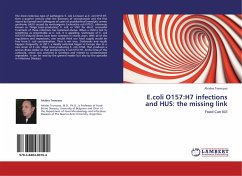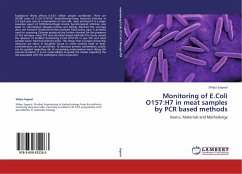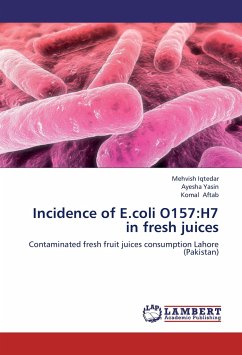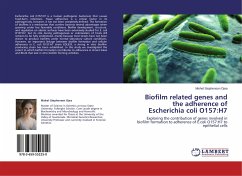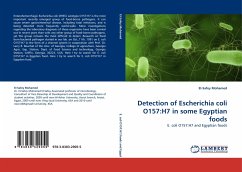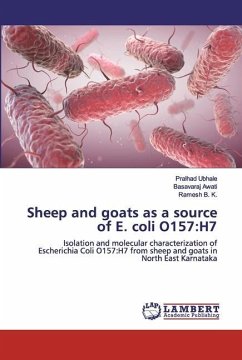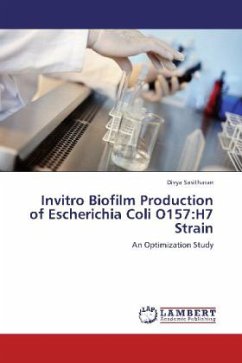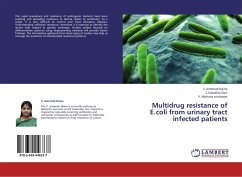The most notorious type of pathogenic E. coli is known as E. coli 0157:H7. Over a quarter century after the discovery of verocytotoxin and the first report by Karmali and colleagues of cases of postdiarrheal hemolytic uremic syndrome (HUS) caused by verotoxigenic Escherichia coli (VTEC), otherwise known as Shiga toxin-producing E. coli, or STEC for short, successful treatment of these infections has remained elusive. When a child is lost to something as preventable as E. coli, it is appalling. Outbreaks of E. coli 0157:H7-induced illness have been common in recent years. With all of the regulations and inspections, one would think our food supply would be free from E. coli contamination. That is not true. Outbreaks and recalls happen frequently. In 2011, a deadly outbreak began in Europe due to a rare strain of E coli, Shiga toxin-producing E. coli O104, that produces a serious illness similar to that produced by E coli 0157:H7. At the time of the outbreak, which was centered in Germany and related to contaminated vegetables. It can be read by the general reader but also by the specialist in Infectious Diseases.
Bitte wählen Sie Ihr Anliegen aus.
Rechnungen
Retourenschein anfordern
Bestellstatus
Storno

